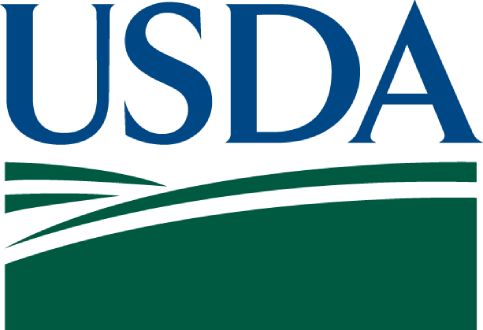Determinants of Supplemental Nutrition Assistance Program (SNAP) Participation from 2008 to 2012

Key Findings:
- Changes in circumstances, such as in employment or income, were highly associated with entry into SNAP.
- Individuals were more likely to enter if they were female; black, non-Hispanic (relative to being Hispanic); unmarried; or U.S. citizens; they were less likely to enter if they were white, non-Hispanic (relative to being Hispanic).
- Individuals were less likely to enter if they had more income or net worth, but were more likely to enter if they received TANF benefits or noncash benefits such as WIC, Medicaid, or public housing subsidies.
- Changes in employment, income, or family size were highly associated with the length of time spent on the program.
This report explores the factors associated with entering and exiting the program by systematically examining how individual and family demographic and economic characteristics, as well as state economic measures and Supplemental Nutrition Assistance Program (SNAP) policies, were associated with SNAP entry and exit, for the period 2008–2012.
Changes in circumstances, such as in employment or income, were highly associated with entry into SNAP. For example, individuals experiencing a recent job loss were 60 percent more likely to enter SNAP each month than individuals in families not experiencing a job loss. In addition, many demographic, economic, and state policy variables were associated with SNAP entry. Individuals were more likely to enter if they were female; black, non-Hispanic (relative to being Hispanic); unmarried; or U.S. citizens; they were less likely to enter if they were white, non-Hispanic (relative to being Hispanic). They were also less likely to enter if they had more income or net worth, but were more likely to enter if they received Temporary Assistance for Needy Families (TANF) benefits or noncash benefits such as Women, Infants, and Children (WIC), Medicaid, or public housing subsidies.
As with entry, changes in employment, income, or family size were highly associated with the length of time spent on the program. For example, individuals who did not experience an increase in income were more likely to spend a longer time on the program compared with individuals who experienced an increase in income. Many other factors were associated with longer SNAP spells, including being female or married; having a greater number of children in the family; having fewer adults in the family; receiving noncash benefits (WIC, Medicaid, or housing subsidies); having a family member in poor health; and having less income. However, receipt of TANF benefits, although associated with higher entry rates, was associated with shorter SNAP spells.
This study used data from the 2008 panel of the Survey of Income and Program Participation (SIPP). The SIPP is a short-term longitudinal survey that collects detailed monthly data on labor force activity, earned and unearned income, cash and noncash assistance, family and household composition, and many additional items. The 2008 panel included about 52,000 households and covered the period from May 2008 to November 2013. We limited our analysis to the period August 2008 (the first month that included the full sample) to December 2012 (the last month for which a longitudinal weight was available at the time of the study).
How do you apply evidence?
Take our quick four-question survey to help us curate evidence and insights that serve you.
Take our survey
